What’s YOUR Main Source Of Caffeine?
Sleep deprivation is becoming a habit among many Americans. And experts say that more people are using coffee as an energy crutch than ever before.
But it’s not all bad news. In fact, 250mg of caffeine per day, that’s two to three cups of coffee, wakes up the brain and improves concentration. However, if your intake is turning into an addiction, you may begin to notice some side effects.
That includes dehydration, anxiety, and an upset stomach. To be honest, it’s hard to imagine a morning without a freshly brewed cup o’ Joe.
Universal as it may be, there are many OTHER natural sources of caffeine that can help you get your boost without all the extras found in that caramel macchiato.
Keep reading with us to find out what they are!
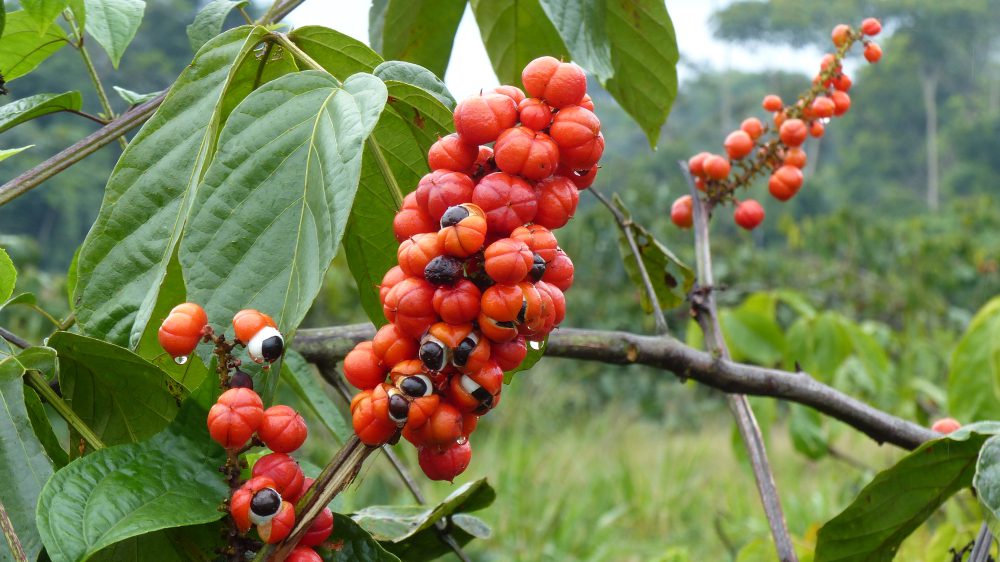
Guarana
Guarana is created from the seeds of a Brazilian shrub found in the Amazon basin and is used as a tonic or stimulant. Amazonian tribes used to brew the guarana plant seeds to make an energy drink, and for hundreds of years, Brazilians have used it as a refreshing tonic.
The seeds possess four times more caffeine than coffee, making Guarana the most caffeine-rich plant globally. You can find Guarana in tablets and capsules, either on its own or combined with other ingredients, frequently with ginseng.
You will also find it in the form of drinks and smoothies. It contains up to six times the amount of caffeine or 200% of what is found in coffee beans.
If you’re looking for another natural source of caffeine besides coffee, Guarana packs a heavy punch. Its benefits include increased energy, weight loss aid, and decreased body fat.
Chocolate
Make no mistake, the stimulant levels in chocolate are not even close when compared to your regular cup of coffee. But it’s found naturally in cocoa beans, so any chocolate has a bit of that stimulant. Candy bars generally have less than 10mg, but the darker the chocolate, the higher the caffeine amount.
A Hershey’s Special Dark Chocolate Bar has a massive 31mg, almost as much as a can of Coke! Some chocolate is even fortified with added caffeine for an energy boost. Take the limited edition Snickers Charge for example, which has 60mg of caffeine, about the same as a cup of tea.
Soda
Many soda drinks come with our favorite alkaloid compound in them. If you’re a fan of Cola, then you are already consuming some extra caffeine without even knowing it. For every 350ml, you get between 30 and 50mg of that delicious alkaloid. Cola gets its flavor from the Kola nut, which contains caffeine naturally.
Other sodas like Mountain Dew are also well-known caffeinated culprits, but others play less apparent roles in your daily caffeine intake.
A few brands of root beer, such as Barq’s, even contain it. Both the regular and diet flavors have 23mg per 12oz can, just 12mg less than a can of Coke. Sunkist’s orange soda has a surprising 41mg of caffeine, and A&W Cream Soda has around 25mg.
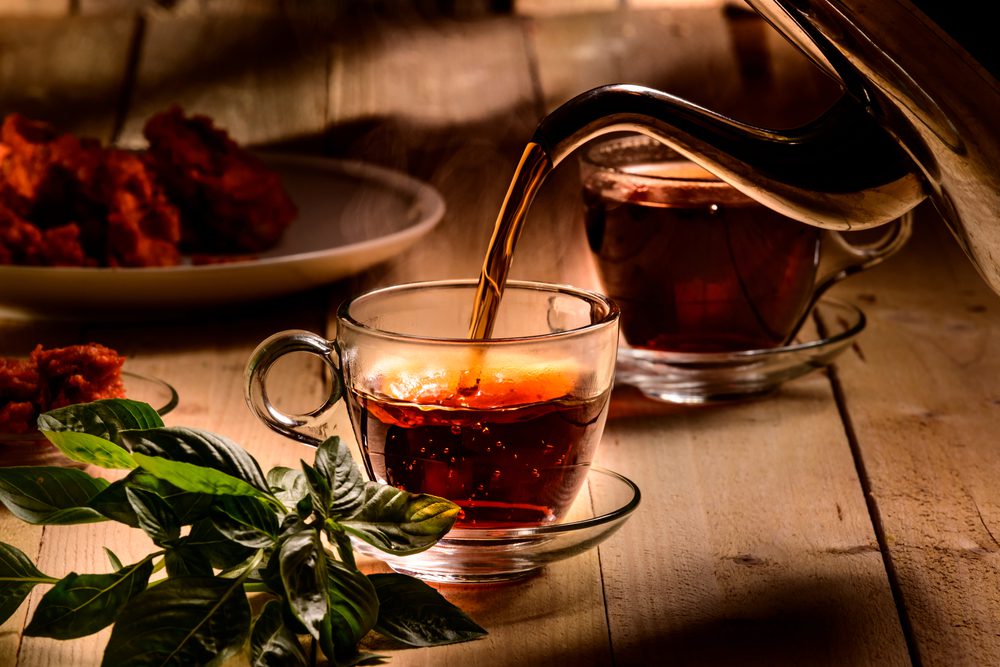
Black tea
Black tea is an amazing alternative to coffee. We already know that tea comes with a certain level of caffeine in it. But you can get around 30 to 70mg of caffeine per cup with black tea. Thanks to the level of antioxidants in black tea, you also get plenty of health benefits.
Black tea is excellent for improving your gut health, regulating blood pressure, and reducing your cholesterol. This tea is one of the most popular types of tea, and that’s why people frequently talk about the amount of caffeine in it.
Though the consistency of black tea fluctuates based on the time you soak it in water. Generally, most tea manufacturers don’t list down the amount of this stimulant on their labels. However, the Lipton regular has an exceptional case. They list their caffeine amount at 55 mg per serving.
Matcha
This is a finely ground powder that’s made from green tea leaves. Unique in its development process, Matcha is shade-grown for about 3 weeks before it gets harvested, and the stems and veins are extracted in processing.
Matcha contains a unique polyphenol, EGCG, that has been proven to improve metabolism and help in weight loss. It contains about 30 to 40mg of caffeine per serving, with a less jittery and clean caffeine feeling than coffee.
The energy you get from Matcha is longer-lasting since it also contains the amino acid L-theanine. As with green tea, L-theanine slows the release of caffeine and induces a soothing, calming effect. Other benefits include: May reduce the risk of cancer and chronic disease. And can also improve your mental health.
If you want to try it out, I can’t recommend it enough! Here‘s an organic type of matcha that is delicious and will give you all the energy you need for the day!
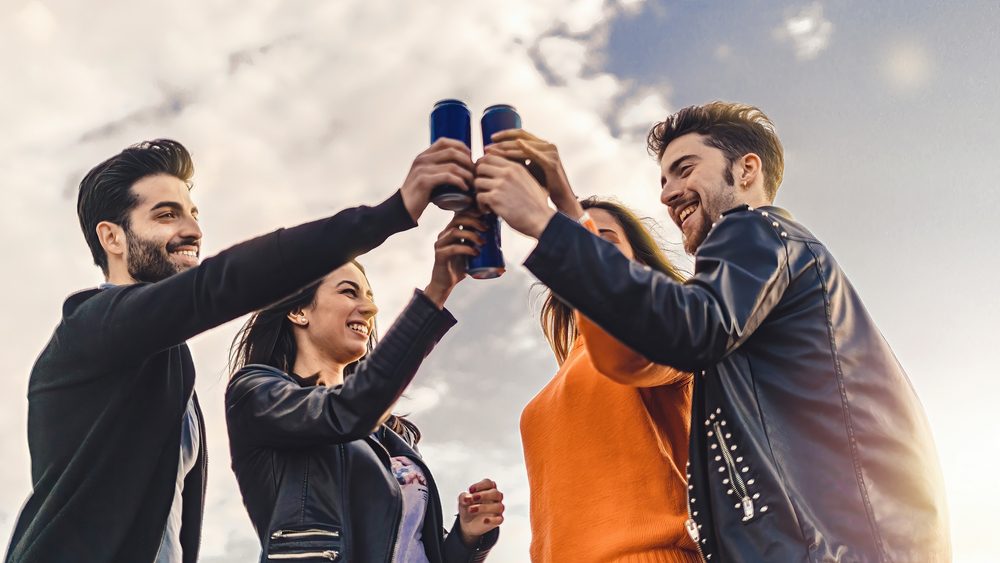
Alcoholic energy drinks
A bunch of alcoholic energy drinks were reformulated, and some even pulled from the shelves after investigators deduced that the products were being marketed for underage drinkers.
The Center For Science In The Public Interest ended up suing MillerCoors in order to stop selling the beverage Sparks, which, according to a lab analysis commissioned by a Miami TV news station, contained a shocking 214mg of caffeine per 16oz can, about the same as 6 cans of Coke.
Anheuser-Busch stopped making the fruit-flavored beer Bud Extra, which had 55mg of caffeine, about the same as a cup of tea, and also the malt beverage: Tilt.
Caffeine mints
Mints are excellent when you’re looking for some refreshment. The ones with caffeine are even better because they can simultaneously provide you with that refreshment AND the stimulant you need.
Each of these mints contains up to 40mg of caffeine. So when you take in 2 energy mints, you can get the same energy you would if you were to gulp down one cup of coffee.
But be aware of the health risks involved. Don’t overdo it on the mints because it’s easy to go overboard on them.
You wouldn’t want to load your body with more alkaloids than what’s recommended. Jolt Cola, for example, which had the maximum amount of caffeine allowed in colas before it was reformulated as an energy drink, also sells caffeinated gum and mints.
Three of Penguin’s caffeinated mints also equal the caffeine content of a cup of coffee, and just one Foosh mint contains that same jolt.
Final thoughts
Did you know that caffeine can be hidden? If you want to cut back, you’ve probably already reduced your amount of coffee, tea, and soda intake. But the sly stimulant can pop up in other unexpected foods and drinks.
Since the FDA doesn’t require manufacturers to list caffeine range on nutrition labels, it’s usually hard to tell whether a product HAS the stimulant and how much of it. And don’t be fooled by decaf. The name implies that this cup of joe has all the taste you love but without the added alkaloid.
Well, Consumer Reports state that they tested 36 cups of decaf coffee from six brands, including Starbucks and Dunkin’s. Compared to the caffeine you can find in a regular cup, generally around 100mg, the decaf samples had less, but some crammed in over 20mg.
So how’s YOUR coffee intake looking? While we’re all dependent on that delicious cup of Joe, we should consume it in moderation. And for those that can’t go a day without 12 cups, try a mint or two and see if you can’t get your consumption levels down!
If you found this article helpful, we also suggest reading: Home Remedies for Insomnia: 9 Options That Actually Work!


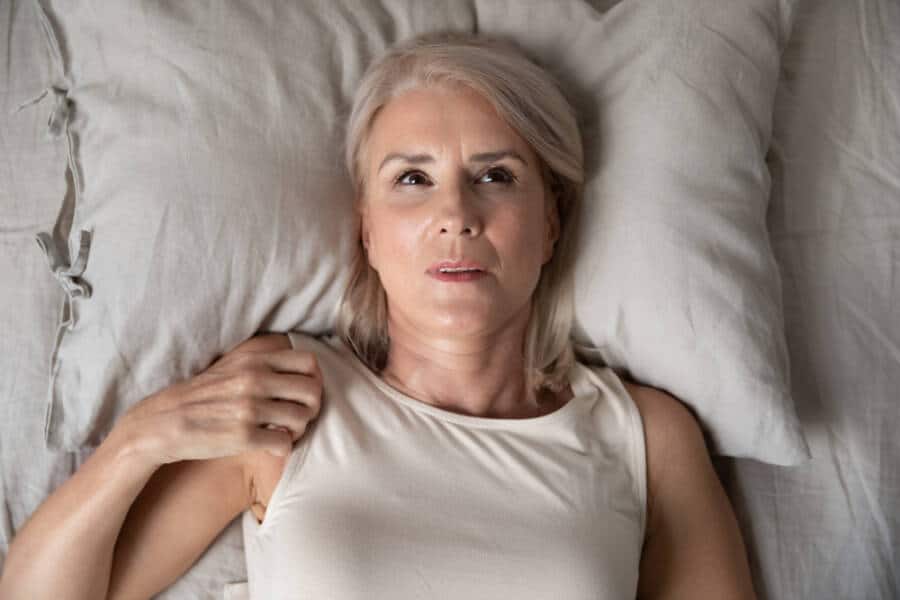
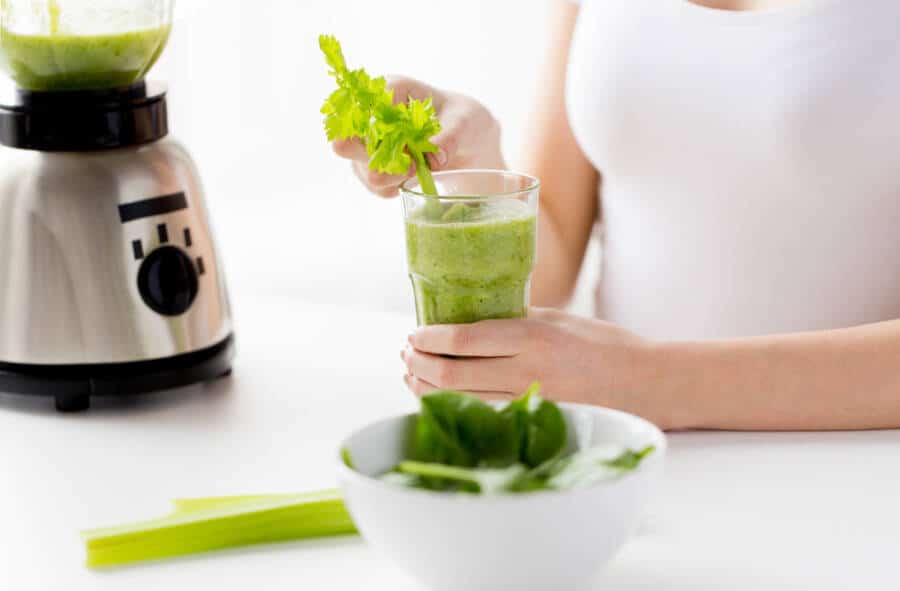
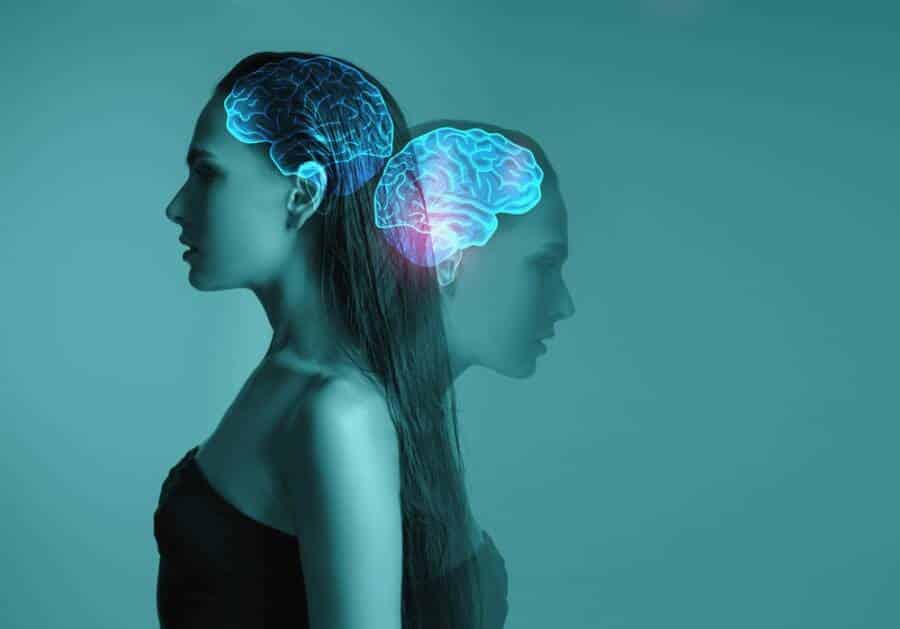
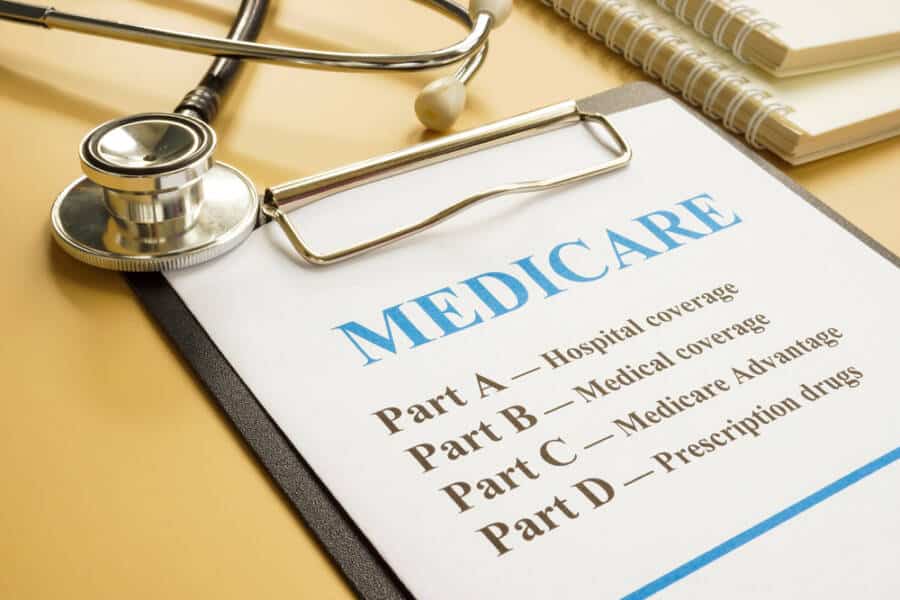
One Response
I have 11 of the 12 symptoms of hypothyroidism. Yet, my blood work according to my doctor is within “normal ” limits. He will not perscribe any medication for me because of this. I have felt for years that there is something wrong, but he refuses to listen because of my blood work being in range. I have told him what is showing “normal for everyone else”, may not be normal for me. I also have rheumatoid arthritis. I begged him to at least try medication for a few months to see if there was any improvement and if not; I would say no more.
I do drink about 3 cups of coffee a day. Not for a wake up but I like the taste of coffee in the morning. I go from coffee to plenty of water and milk throughout the day. I am not a soda or energy drink fan. I am a 71 year old female. Do you have any recommendations?